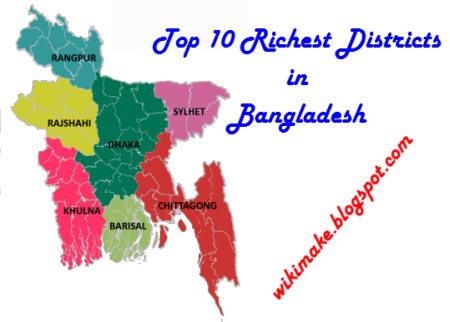F The first use of the word 'computer' was recorded in 1613 in a book called 'The young man’s gleanings' by English writer Richard Braithwaite.
F The abacus was the earliest calculating machine probably organized in China about 3000 years ago.
F The word abacus is derived from abax, Greek word for slab. In China it is known as 'Swan Pan'.
F Father of Computer Charles Babbage (26th December 1791 - 18th October 1871 in Marylebone, London). He developed the first difference engine in 1822 and analytical engine in 1833.
F First Computer Programmer is Ada Lovelace (10th December 1815 - 27th November 1852 in Marylebone, London). Daughter of Augusta Ada Byron. Ada Lovelace day is observed on October 16. Resting place St Mary Magdalene, Hucknall, Nottingham, England.
F Herman Hollerith (February 29, 1860 - November 17, 1929) was an American statistician and inventor who developed a mechanical tabulator based on punched cards to rapidly tabulate statistics from millions of pieces of data.
F Herman Hollerithwas the founder of the Tabulating Machine Company that later merged to become IBM. Hollerith is widely regarded as the father of modern machine data processing. Resting place Oak Hill Cemetery, Georgetown.
F Claude Elwood Shannon (April 30, 1916 - February 24, 2001) was an American mathematician, electronic engineer, and cryptographer known as "the father of information theory". He wrote the book 'A Mathematical Theory of Communication'.
F John Vincent Atanasoff (October 4, 1903 - June 15, 1995) was an American physicist and inventor, best known for venting the first electronic digital computer in 1930s. He is considered the inventor of computer. His special-pose machine has come to be called the Atanasoff Berry Computer.
F John William Mauchly (August 30,1907 - January 8, 1980) s an American physicist who, along with J. Presper Eckert, designed ENIAC, the first general purpose electronic digital computer, as well as EDVAC, BINAC and UNIVAC I, the first commercial computer made in the United States. Together they started the first computer company, the Eckert Mauchly Computer Corporation (EMCC).
F The idea of UNIVAC was proposed by Grace Hopper, and was commercially built in 1951.
Generations of Computer:
First Generation Computer (1946-1959) Vacuum Tubes:
F Vacuum tubes were invented by John A Fleming in 1904.
F The first computer used vacuum tubes for circuitry and magnetic drums for memory.
F The first generation computer relied on machine language, the lowest level programming language understood by computers to perform operations.
F Input was based on punch cards and paper tapes, and output was displayed on printouts.
F UNIVAC, ENIAC, IBM 701, IBM 650, EDVAC, EDSAC, BINAC are other examples.
F UNIVAC was first delivered to the US census Bureau in 1951.
Second Generation Computer (1959-1965) Transistors:
F Transistor replaced vacuum tubes.
F Transistor was invented by William Shockley, John Bardeen and Walter Brattain in 1947 at Bell Labs.
F Second-generation computers still relied on punched cards for input and printouts for output.








